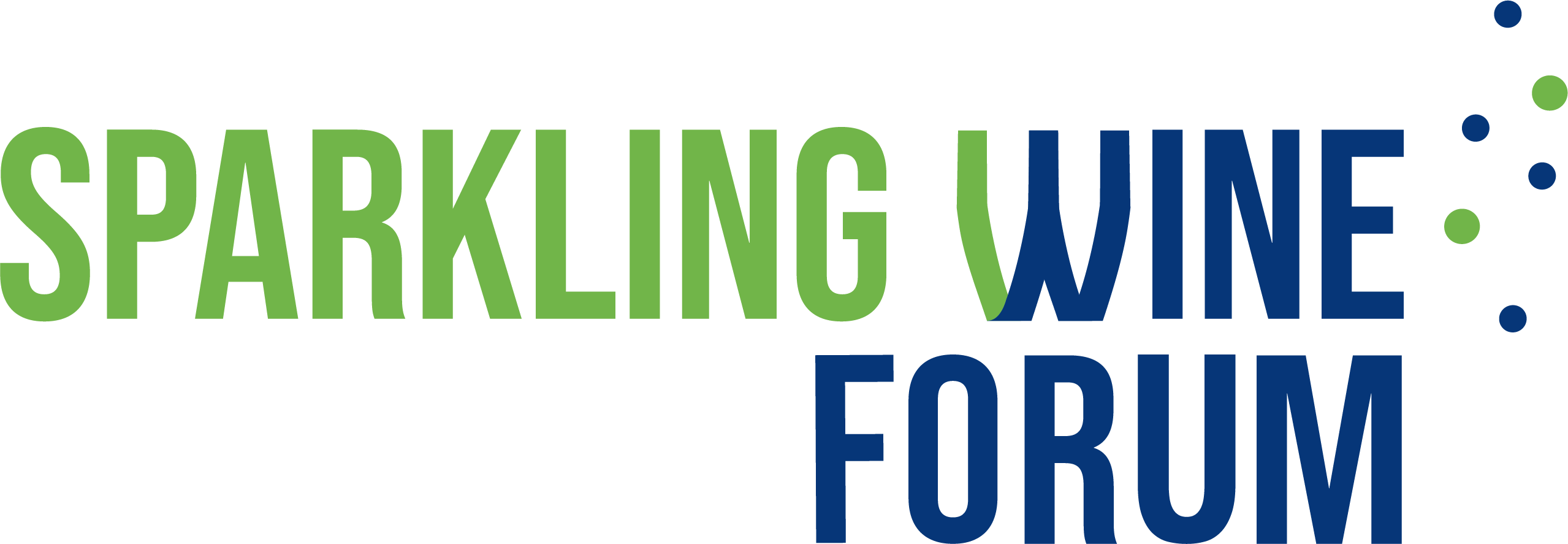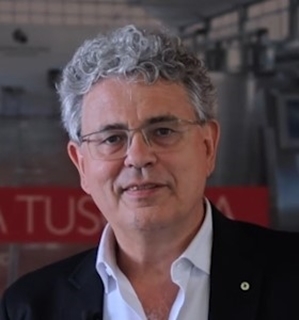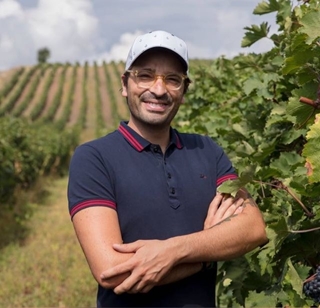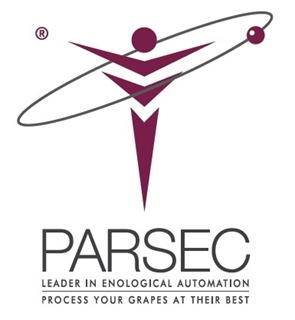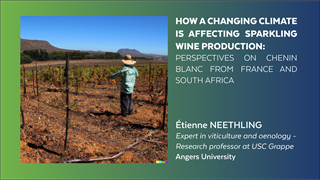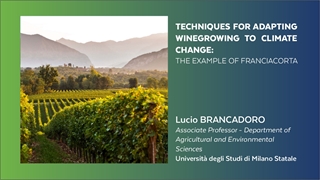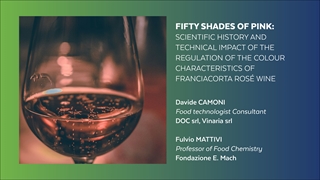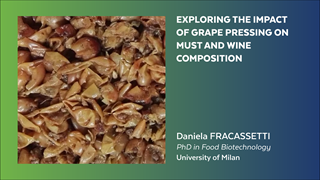The role of oxygen and kinetic fermentation management in sparkling wine production: exploring new technical frontiers to understand and optimize the charmat process according to winemaking goals
Presented by
Description
The current techniques for refermentation in reduction do not prevent the production of off-flavors, necessitating the use of copper, which reduces the shelf-life of wines and diminishes the aromatic intensity, especially in wines with a thiol profile. Managing the fermentation kinetics and providing the correct amount of oxygen at all stages of the process, in the correct manner and quantities, opens up new possibilities in sparkling wine production, ensuring quality results such as greater aromatic intensity and freshness. Thanks to new technologies, not only are cleaner, fresher, and fruitier wines produced, but the process management is also simplified, allowing for easy and automatic monitoring and management of the refermentation progress.
An advanced control of the CHARMAT process represents a different and innovative approach because it makes it possible to constantly monitor yeast activity, reduce process times, and precisely achieve the desired outcome by controlling the refermentation speed according to production and/or organoleptic needs. It also helps
prevent negative phenomena such as reduction, taste deviations, slowdowns, and
fermentation stops. All of this is achieved while reducing operator intervention and the
use of products. A combined, adaptive, and proactive management based on the fermentation kinetics of the mass guarantees a better quality result, reduces costs, and
ensures greater sustainability.
